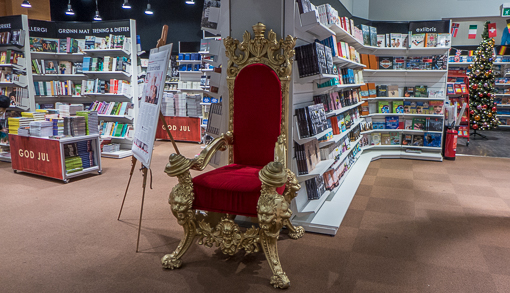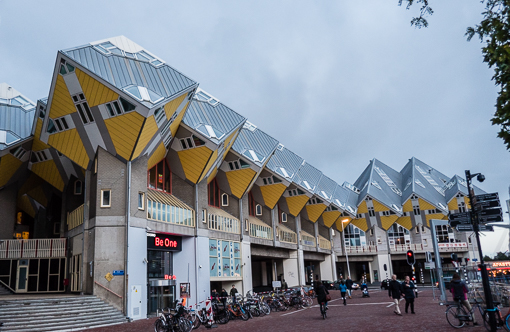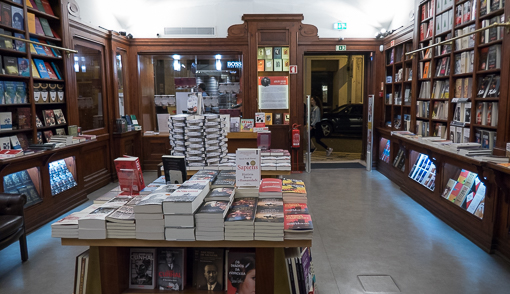The following two posts are about two very different bookstores in Beijing, both visited before the pandemic.
The first is Wanfujing Bookstore, situated at the beginning of Wangfujing Dajie (王府井大街), in Dongcheng district 東城區 of central Beijing.

I (Chris) was on a business trip and I dragged a very patient colleague along to this bookstore. I hope you also enjoy this indulgence of mine.
Let’s start with some music made by guzheng 古箏, an instrument sold in this store.
The bookstore is one of the city’s biggest and most comprehensive bookstores, occupying an entire building.

Five above-ground floors are dedicated to books and cultural products. The entrance featured a counter for stamp collectors and a table of books on Xi Jinping thoughts and communist party teachings.

Floor 1 sells books on social science and philosophy; politics, law, and history; business and management; finance and securities; travel and geography – “一层经营:社科哲学、政法历史、经济管理、财政金融、旅游地理”.
A more literal translation of the sign below says “test preparation books for lawyers”.

A selection of biographies of famous world leaders -e.g., Obama, Hilary, Macron, Angela, Thatcher, Justin, Lee Kuan Yew 李光耀, Moon Jae-In 文在寅 and Gandhi.

Floor 2: foreign languages, primary and secondary education text books – “二层经营:外语、初等教育、中等教育、汉语、教理科普” Floor 3: children’s books – “三层经营:少儿读物”
Chinese classics (e.g., 吶喊) and translated classics (e.g., Little Prince, Vingt mille lieues sous les mers (20,000 leagues under the seas).

My favorite is Floor 4: chinese and foreign literature, arts and pictorials, music and theatre; imported originals – “四层经营:中国文学、外国文学、美术画册、音乐戏剧、进口原版”
I cannot resist snapping a picture of this section on floor 4 with books on aesthetics – “assthetic”.

According to the bookstore’s web page, the bookstore played a big role in educating Beijing’s citizens about the spirit of Olympics movement, in preparation for the 2008 Summer Games. Many hilarious or embarrassing translation gaffes and mistakes were corrected or removed during this time. This is a new one but a lot less obvious.

Calligraphy brushes, and volumes of famous calligraphic works and stone inscription rubbings.

The floors of the bookstore that stocked cultural products other than books reminded me of a Chinese government-owned department store (Yue Wah 裕華國貨) near where I lived in Hong Kong.
Western art supplies

There is a separate gallery for scrolls and paintings. This floor also sells small electronics and music.

First time I saw so many guzheng on sale. Hope you tried the Spotify link above.

Floor 5: medical and biology; living and health- “五层经营:医学生物、生活保健”
Drinking tea is good for your health.

There are several shelves full of books on Kungfu (or more literally Wuxia) – this section focusing on Wing Chun style. The selection here must be the richest and unique in the world.

The top floor provides a multi-functional space cultural exchange activities, such as lectures. The bookstore was founded on the same year that Peoples’ Republic of China was established – February 10, 1949. I think it is owned or at least supported by the government.
I do not remember what this model was for.

Superior fine books are displayed behind glass (English translation says “recommended books” which is not accurate).

It moved to the current address in 1950, expanded and renovated in 1970 and 2000. In 1994, Wangfujin Dajie was designated as a commercial street and the whole area was rebuilt with modern shops while many streets are pedestrianized.

The basement floor has a food court that was closed.
I bought several books on art and travel within China. Really wished I had more time.













 .Some of the spaces are isolating and intimate, allowing the shopper some private time with their books.
.Some of the spaces are isolating and intimate, allowing the shopper some private time with their books.





























































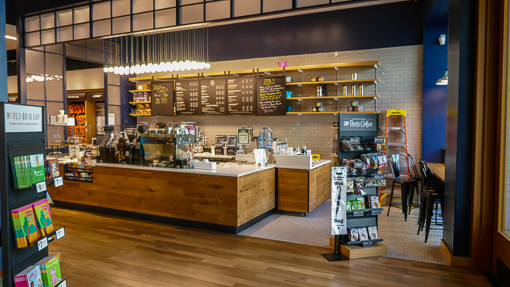





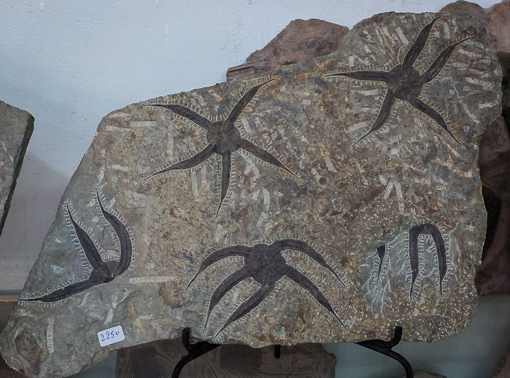


















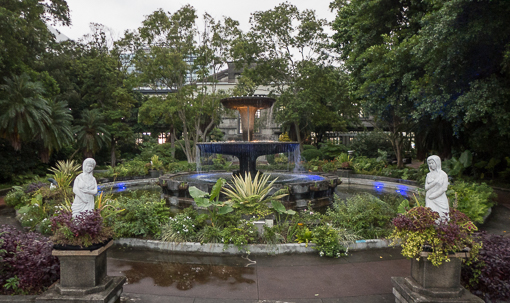



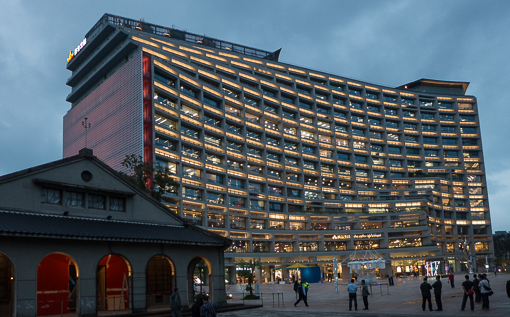


















 There are more to come …
There are more to come …









































 .
.
